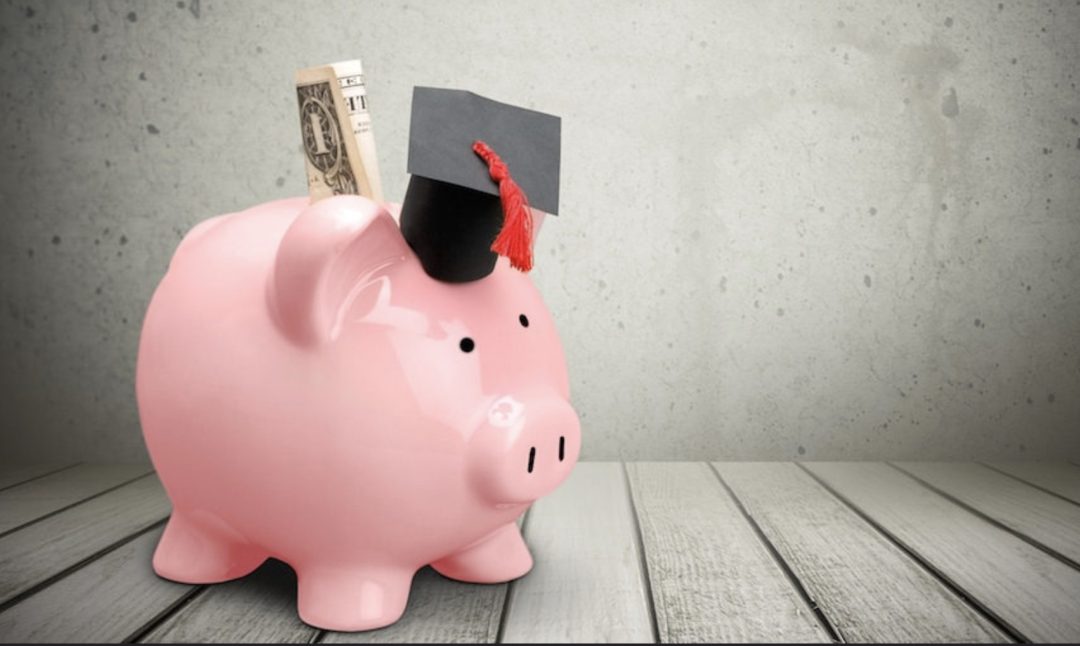WASHINGTON—Nearly 40 percent of students who entered college in 2004 may default on their student loan debt within five years, according to a new report highlighting the mounting financial challenges of college graduates and their families.
The report, issued last week by the Brookings Institution, a non-partisan think tank, analyzed 20 years of loan repayment data. It concluded that the United States’ looming “student loan default crisis” could be worse than previously expected.
Student loan debt remains a top issue for many millennials, with total outstanding student loan debt reaching over $1.4 trillion in 2017, according to a recent report by Experian, a credit report.
Default rates for students who attended for-profit colleges were particularly high. The Brookings report estimated that 68 percent of students at for-profit colleges would default by 2023 compared to just 26 percent from public four-year schools. The report said this trend necessitates “robust efforts to regulate the for-profit sector.”
“This effort needs to look a lot more like what the Obama administration was doing,” said Judith Scott-Clayton, the report’s author, in an interview. “That includes gainful employment regulations which make it easier to cut off institutions from aid if too few students are finding gainful employment after graduating.”
She added that there is also need for regulations that allow students to make claims to get out of payments “if an institution had manipulated or fraudulently recruited them.”
Some analysts, however, said those regulations would not solve the problem of rising default rates and instead put the blame on the federal government itself.
“This report misses the root cause of the problem: The government is giving loans to people without assessing their ability to do college level work and complete a program that lets them supply skills in the workforce,” said Neil McCluskey, director of the Center for Educational Freedom at the Cato Institute, a libertarian think tank.
McCluskey said students would be better served if the federal government exited the college loans business entirely in favor of private lenders.
“Unlike the government, private lenders have a strong incentive to lend to people who are taking the right courses and showing that they can do college level work,” he said. “Private lenders can determine that someone may be low-income, but that it’s wise to lend them money.”
Jason Delisle, a resident fellow at the American Enterprise Institute, a conservative think tank, described the situation as a choice between two flawed options.
“It’s kind of expected that you’ll get this level of defaults in an open access system without restrictions on who can borrow,” Delisle said. “But people who balk at these results might also balk at the idea of making it much harder for someone to get student loans. What’s worse?”
Projected default rates varied by factors beyond public versus for-profit schools. The projected rates also correlated significantly with demographic factors. Over 73 percent of black students are expected to default by 2023 compared to 46 percent of Latino students and 31 percent of white students. The black-white disparity steadily increased over time.
“Black students are more likely to borrow in the first place, so that plays a large part given that these are the default rates for all students,” said Scott-Clatyon. “Also, this most recent cohort of students went through the worst of the recession, and that’s when these disparities tend to widen.”
Regardless of where to place the blame, the report concluded that the outlook for college graduates in debt remained grim. Nearly half of all college graduates who entered the for-profit sector in 2004 had already defaulted by 2016, including 58 percent of black graduates.
“The new data should ring the alarm even louder,” the report warned.


